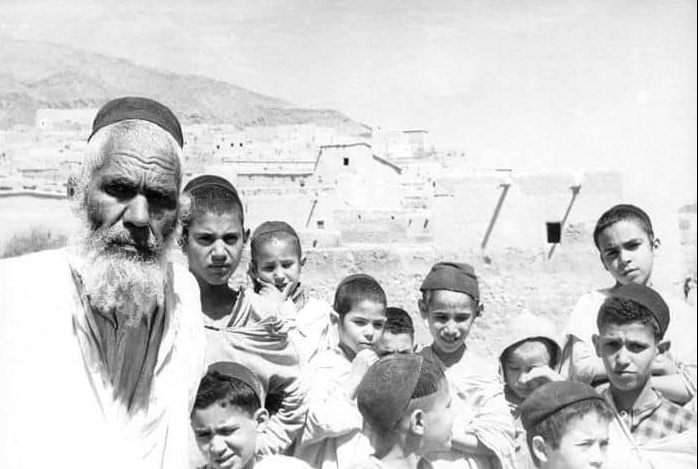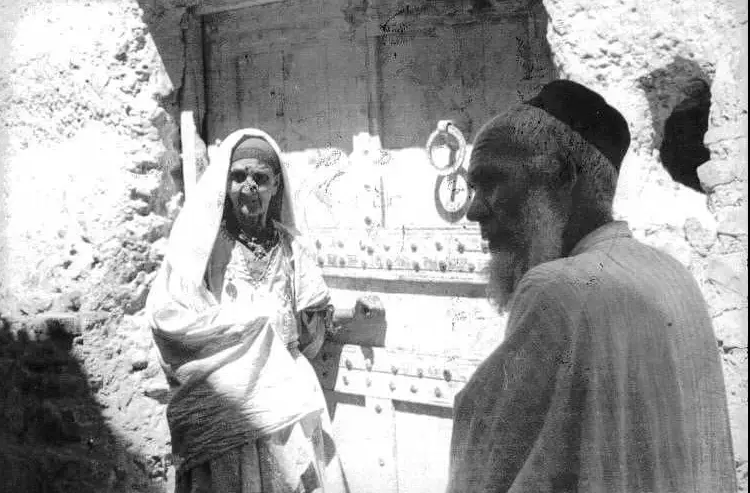Amazigh
Fighting for Amazigh Rights: An Ongoing Struggle

The Amazigh, also known as Berbers, are the indigenous people of Northern Africa, with a rich culture spanning thousands of years. Despite their long history, the Amazigh have faced marginalization and have struggled to secure recognition and rights for their language, culture, and identity. Fighting for Amazigh rights is a story of resilience, activism, and an unyielding commitment to preserving their heritage.
This article delves into the ongoing struggle for Amazigh rights, highlighting key issues, milestones, and the role of Amazigh communities in shaping their future.
The Challenges Faced by the Amazigh
The Amazigh community has long been subjected to policies of assimilation and cultural suppression, especially during colonial and post-independence eras in North Africa. These challenges include:
- Language Marginalization:
- Tamazight, the Amazigh language, has often been excluded from education systems and public life.
- Efforts to recognize Amazigh dialects in official capacities have faced significant resistance.
- Cultural Erasure:
- Amazigh crafts, traditional practices, and symbols, such as Amazigh jewelry, have sometimes been overshadowed by dominant cultural narratives.
- Indigenous festivals and traditions have struggled to gain state support or recognition.
- Social Discrimination:
- Amazigh women often bear the brunt of both cultural and gender-based inequalities. Movements like “Me Too in Moroccan Amazigh” are shedding light on their experiences and advocating for change.
- Limited Political Representation:
- In many regions, Amazigh activists struggle to gain a seat at the table in political and decision-making processes.
Milestones in the Fight for Amazigh Rights
1. Recognition of Tamazight as an Official Language
- Morocco recognized Tamazight as an official language in its 2011 constitution, following decades of activism.
- Algeria followed suit in 2016, marking a significant victory for Amazigh rights.
2. Revival of Cultural Celebrations
- Events like Yennayer (Amazigh New Year) are now widely celebrated, symbolizing a revival of cultural pride.
- Amazigh crafts, such as jewelry and textiles, are increasingly showcased in global markets, bringing attention to their artistry.
3. Formation of Amazigh Rights Movements
- Organizations like the World Amazigh Congress and regional grassroots initiatives have worked tirelessly to advocate for cultural preservation and equal rights.
The Role of Amazigh Women
Amazigh women have been pivotal in the fight for rights, often serving as cultural bearers and activists.
- Cultural Preservation: Women keep traditions alive through storytelling, crafting, and passing down skills such as creating intricate Amazigh jewelry and weaving textiles.
- Leadership in Movements: Women are taking on leadership roles, challenging gender norms, and driving initiatives like the “Me Too in Moroccan Amazigh” movement, which combines cultural advocacy with the fight for gender equality.
Modern Amazigh Activism
The Amazigh struggle has evolved in the digital age, with activists leveraging technology to amplify their message.
- Social Media Campaigns: Platforms like Twitter and Instagram are used to highlight issues such as cultural marginalization and share stories of resilience.
- Educational Initiatives: Efforts to integrate Tamazight into school curriculums have gained momentum, ensuring the language’s survival for future generations.
- Creative Platforms: From music to fashion, Amazigh creators are using their work to celebrate their identity and reach global audiences.
How You Can Support Amazigh Rights
- Educate Yourself: Learn about Amazigh history, culture, and the challenges they face.
- Support Amazigh Artisans: Purchase authentic crafts like Amazigh jewelry or textiles to sustain traditional craftsmanship.
- Attend Cultural Events: Participate in festivals celebrating Amazigh culture to show solidarity and appreciation.
- Amplify Their Voices: Share articles, campaigns, and social media posts to raise awareness about their ongoing struggle.
The Connection Between Culture and Cuisine
Cultural preservation extends beyond language and art to include food. The Amazigh food truck menu, an innovative modern concept, brings traditional dishes like couscous and tagine to new audiences, blending heritage with contemporary appeal.

The Future of Amazigh Rights
While progress has been made, the fight for Amazigh rights continues. Sustained activism, international support, and the determination of the Amazigh people remain crucial. Initiatives to include Amazigh dialects in education, promote women’s leadership, and preserve cultural artifacts will define the next chapter of this ongoing struggle.
By standing in solidarity with the Amazigh, we help ensure that their rich culture and identity are celebrated and preserved for generations to come.
